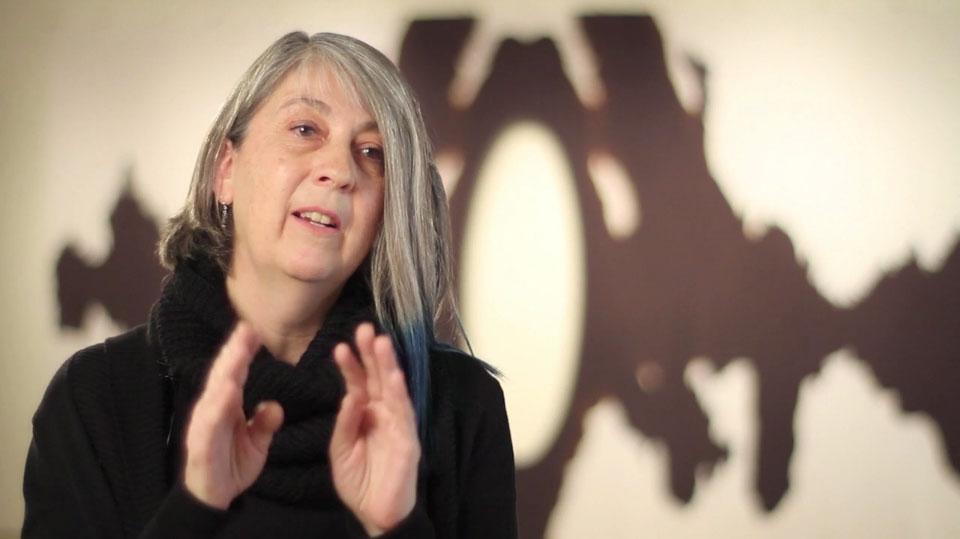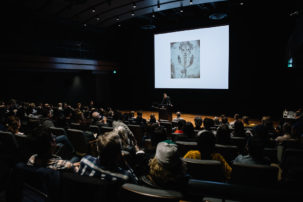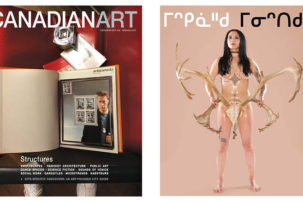Have you ever felt restricted by the boundaries between different art-school departments? Lyn Carter once was. But she overcame those obstacles by doing her undergrad in one genre and her master’s in the other.
“When it came to pursuing an [undergraduate] degree,” Carter says, “I was looking for something that reflected what my interests were. And unfortunately, those interests were split into two departments: one was textiles in the craft department and one was sculpture in the fine art department.”
“I was kind of forced to choose, so I chose textiles,” she continues, noting that in the 1970s the split between these departments was also reinforced along gender lines. “After I finished my undergraduate studies, I couldn’t let go of the idea of working three-dimensionally, so I kind of built that momentum for myself and then later took on a graduate degree in sculpture.”
Since graduating as an Associate of the Ontario College of Art in 1978 and from York University with her master’s in 1994, Carter’s work has gained increasing prominence—both physically and otherwise.
Her art has been featured at the Guangzhou Triennial in China, at the Albright-Knox Art Gallery in the US, and in the book Art Textiles of the World: Canada, released by a UK publisher. Carter has also received several national and provincial grants and has spoken at the Oslo National Academy of the Arts, the Australian Centre for Craft and Design and the Textile Museum of Canada.
“Lately, I have been enjoying working more with the scale of architecture,” Carter says, noting that a recent public art project in Cambridge, Beacon, very nearly fills an expansive atrium. “As the venues have gotten larger, I have had the opportunity to get larger. It’s really something that’s literally grown as my career has grown. With every piece, you are just pushing yourself a little bit further.”
Even though Carter has come a long way, she’s still well aware of the fact that divisions between genres—particularly between art and craft—are still a contentious matter for many artists and observers. But she hopes to continue showing that those elements need to not be mutually exclusive.
“I strive to bring art and craft in parallel in my work,” Carter says. “It is about mending that divide or encouraging a wholeness. Crafting allows me to work with nuance, and nuance for me is like the golden moment—that is where you can kind of seal the deal. When you have something crafted, it’s like you are underlining your point; it’s like you are driving it home, but in a very poetic way.”









